EXCLUSIVE INTERVIEW: CORY EDWARDS CREATOR OF “KROGZILLA GETS A JOB”
A couple weeks back I was lucky enough to talk with one, Cory Edwards, creator and lead voice for one of Shut Up! Cartoons real jewels in online entertainment, Krogzilla Gets a Job. I actually had a chance to review the pilot of which you can read here, but since then Cory has done a really great job of churning out consistent material. After the jump, see how the green sea monster came to life!
How did you first get started with Krogzilla??
Well it’s funny. I’m working in feature films and I wasn’t looking to do a web series, although I’ve always been fascinated with a lot of the new media, the online media and new ways to get content out there. I’m still working on my feature film projects, but Carolyn Bates sought me out. We had crossed paths on Hoodwinked! Too, the sequel that I wrote and she presented me with this opportunity and it’s definitely a smaller project than a feature film, but what it gave me was a lot of creative freedom, a big open door to watch something get made in a short amount of time and to reach a very wide audience as I’m finding out very quickly and then the meeting with Barry that was another real open door to pitch content, wildly different content. I think I pitched him about eight different ideas that I thought would make kind of—that you could do in small episodes and he said I like these two, pick one of those and do it and then he just basically handed me the budget and I’ve gotten a few notes here and there, but it’s nothing compared to a TV show or a feature film and so it’s been a lot of creative freedom and it’s let me cut loose and that has been really satisfying because I think a lot of creative projects that involve a lot of money and a lot of people get bogged down in decisions by committee and they and Shut Up! Cartoons have stayed true to their mantra of shutting up and letting the creators work. And it’s been a lot of fun and as far as the concept itself I’ve always had this thought in the back of my mind of a sea monster, a Godzilla style sea monster doing something very mundane, being subjected to the most basic of life situations.
I think that anything fantastical like a monster or an alien or a robot doing something really, really mundane and commonplace is funny. Anytime you can get a monster doing something really simple like pouring coffee or working a copy machine or riding a bicycle it’s all funny. So I’ve always had that in the back of my head and that really rose to the top as the favorite idea, but I’ve had a lot of fun with it.
Are there some similarities with the way you approached your prior work like Hoodwinked as compared to how you approach Krogzilla?
Well you know I’ve always said Hoodwinked! was made for under eight million dollars, which is like less than a–what would it be, less than a tenth, maybe a twentieth of a typical animated film of that type. So that was just all we had and we just made it work, but I’ve always said that a lot of times the decisions don’t cost money. Good decisions don’t cost money and I find that a lot of times in this business people spend a lot of money to then make a decision. Entire scenes will get animated before people decide that it doesn’t work and I’m not saying that Hoodwinked! is perfect or Krogzilla that the job is perfect. I see things I would do differently now anyway, but the more decisions you can make in storyboard phase and in script phase and reading them out loud as actors we just tried and on Hoodwinked! and on this I think the things that are similar is that we worked on the content as much as we could when it was in the cheapest stage. Like with Hoodwinked! you storyboard and then you cut that into a story reel, so you’re watching pencil sketches to temporary actors and we must have re-cut that story reel 50 times before we started animating. A studio that has a lot more money can afford to go into some rough animation or some animatic animation. They can get into it with bigger tools more quickly. We used the smaller tools for a long, long time and read the script out loud many, many times until we started animating.
And so by the time we got the voice talent in the booths we knew exactly what we needed and what we didn’t need and as a director if I had more time and if I had more budget I might have made more choices or done more takes and brought actors back to try different things, but I didn’t have that luxury, so I kind of had to force myself to make decisions and stick by them. That’s a discipline that I’ve had to keep, but granted if I had more budget I think it would be nice to try, try more things, try more options. I think that can also get you a better film or a better series, but when you don’t have that option you just have to kind of make sure that you’re making some good decisions and trusting your instincts and I know this is a long answer, but on Krogzilla the budget and the schedule was so tight that I have a certain level of I’m kind of a perfectionist sometimes and I have a certain level of quality and what I decided to do on Krogzilla was take a step back and run on instinct a lot more than I usually do.
A lot of the scripts were kind of like my first instincts as to here is the location, Krogzilla is working at a fast food place and my first instinct as to what should happen there and then when we were recording people I had them for an hour and my first instincts on what the performance should be and so a lot of the—or designing the characters or drawing the storyboards and every aspect of it I kind of just told myself okay you’re first instinct go with it and I’m pretty pleased with how it turned out and of course if I had a second pass at almost everything I would add and I would improve, but it was a nice exercise with the corner I was painted into to operate on a lot of my first thoughts and first instincts. I’ve often said that sometimes it’s good to get painted into a corner. Sometimes constraints are good. We’ve seen a lot of films with lots of money and nobody reigning the creative person in and letting them do whatever they want for as long as they want for as much money as they need and that doesn’t necessarily make something better and I’ve seen a lot of super, super low budget projects that forced the creator to be more innovative and so when there are budget constraints I think that that also can force you to go more by your gut and place more emphasis on your decisions.
Audiences are getting to the point where its not cool to JUST be a super expensive CG-film with no plot like Battleship or Transformers but you also have to have a plot and whatnot. So, recently there has been more emphasis placed on story and plot but also budget conscious type stuff like you were referring to with Krogzilla. Your thoughts?
Yeah, it’s interesting. At least once or twice a year a tiny, tiny film comes out like Paranormal Activity and teaches the industry the same lesson over and over again. I’m not saying the big movies can’t also be successful, but little movies continue to surprise and I think it’s what I’m saying. They have constraints put on them, so they’ve had to be more creative and they’ve to make sure their story is better than the big budgets and what was interesting with Krogzilla too is that I really didn’t have—I was fortunate to have some really good animators at a really good animation company that worked cheaply, but in order to work cheaply we couldn’t do a lot of physical stuff with the characters. We couldn’t do a lot of different scenes. I even had twice as many characters as I should have had, so I had to cut the characters. So it really boiled down to riding on conversations and funny interactions and character moments. So this whole series kind of rides on character interaction and less on like action scenes or big plot points. It’s a three minute episode, so it’s kind of like a sketch and it’s kind of boiled down to how much comedy and how many surprises can you get out of two or three people having conversations and that’s another creative constraint that was very interesting to me. I’ve spent years writing sketch comedy, so it was kind of sketch comedy meets like television episodic storytelling. So again you have three minutes and it’s what I also tried to do and obviously people are going to see that the spine of the whole show is every episode this poor guy is trying another job and he’s failing at each job and by the end I tried to give it some kind of arc and some kind of conclusion and that’s not easy to do in a little web series, especially when it’s really a cartoon and it’s comedic, but by the end I hope people kind of feel like they’ve been with this guy for ten episodes and that they’re going to be actually you know. The last episode is less humor based and more like we’re going to conclude this guy’s story and I have ideas for like if Smosh wants to do or Shut Up! Cartoons wants to do another round of episodes that it won’t be called Krogzilla Gets a Job. It might be called Krogzilla Goes to College or Krogzilla Goes on Vacation or Krogzilla Finds His Mom. Who knows? But it will be another kind of chapter in his life, but this is the one where I hope people can relate to part of—I’m sorry. I can run on and on.
What’s interesting is getting a job is also kind of about finding a purpose and what is amazing to me is as I said at the beginning of our conversation I just think monsters doing mundane stuff is funny, so I thought it won’t just be funny to see a sea monster trying to get a regular job, but the subtext that has come out of that is what do you do when you or this 200 foot monstrosity when you were top dog at something else and it’s taken away from you and you have to find a new purpose and you’ve been demoted from what your purpose used to be and in this economy and with a lot of people you know. This is for teenagers who are getting their first hopefully they’ll relate, but what I’m finding is a lot of people that are older than teenagers are relating because we’ve been a few years now where a lot of people are having to reboot themselves and find a new purpose for their lives or find a new career and so that’s subtext—here is this silly little cartoon show and the subtext kind of came out and I’m already two episodes in and I’m already getting people emailing me saying man I can relate to this monster, so it’s funny that people even say that.
If you were to just hear Krogzilla’s voice and not know what he looks like, he seems like a normal guy that you would go out to lunch with.
Yeah and because he’s so strange on the outside I tried to make him really normal on the inside and it becomes the style of the cartoon is so rigid and so kind of bold and graphic I tried to you know. I don’t want to say the cartoon animation is simple, but it is a more simple style. I tried to make the vocal performances really casual and really sloppy and messy and normal and relatable to the point where I always try to get—if there was a conversation I tried to get both actors in the booth on the same microphone, so they could talk over each other. They could improv a little and everything was kind of ragged around the edges, the dialogue that is, so that while the cartoon is a very simple drawn cartoon style I wanted it to feel kind of complex in the dialogue. So yeah, so that’s been fun too and I just kind of pulled together every funny friend I could think of. It’s like oh, there is my friend Dave who does these funny characters where he’s always yelling and screaming and nervous. Well I’ll just write a yelling and screaming nervous manager for him, so I wrote a lot of things with people in mind.
What was the casting process like for the voices? Obviously you’re Krogzilla. What about some of the other characters that you bring onboard?
Yeah, my main partner in crime is Josh Green who also wrote the theme song and also helped me with his recording studio making that available. He is kind of a jack-of-all-trades, but also a performer, a great local performer, so to kind of sweeten the deal I said look you know help me do all this behind the mic stuff and in front of the mic too and I have often said that Krogzilla’s buddy Marcus who is kind of the normal straight man that’s one end of the spectrum for Josh Green and his personality and then Jeff the Barnacle, with is the thing growing on Krogzilla’s neck, which is this horrible, horrible guy that just blurts stuff out that’s the other end of Josh’s personality, so I said look you can have your Jekyll and Hyde and then other people are just like I said, just funny friends of mine, people I’ve known for years that I would do this for almost nothing and they did and then I got lucky on a couple of voices that we can talk about. One guy that I’ve known for years is Ken Moreno. I was lucky enough to meet him. We almost did a short film together and then we crossed paths on Hoodwinked!. He was a raccoon policeman and I just stayed in touch with him, but he’s really skyrocketing right now with his work on Children’s Hospital and WanderLust. He was also a writer on that and then there he has got this big Yahoo web series himself that just premiered this month Burning Love where he is the star and the director, so he’s kind of one of these comedy voices that just keeps popping up and I was lucky enough. I had to wait about a month. I had to push my whole recording schedule just to get him, but he is a voice this week and he is doing two or three episodes. He’s a couple different characters and boy it was worth it. He really adds a lot. He plays the pompous jerk really well and boy he’s great in this and then John O’Hurley is another big voice that I couldn’t believe I got. People may know him as J. Peterman on Seinfeld and the host of the Family Feud and the big dog show on Thanksgiving Day and yeah, so he and his son and my son go to the same preschool. So when he heard I was doing this he just kept saying I’d love to do a voice and I kept saying but I have no money and he’s like I’d love to do it and I’m like but we record in a tiny, tiny house and he’s like you know. He just kept saying yes, so I called his bluff. I said all right, get over here and he did and so he’s in episode four as the boss.
Krogzilla almost has a Simpsons feel to it maybe mashed up with Seinfeld versus what you typically see in animated web series, was this always your intention??
I think that you know. I know that a lot of Smosh’s audience loves—they love to see karate kicking and things blowing up and people getting beheaded and I love that slapstick too, but it felt like where my strengths were, were doing like Parks & Rec with a sea monster or The Office with a sea monster or as you said Seinfeld with a sea monster, so I think that kids that love the Smosh content, Shut Up! Cartoons they can get from the low end of the age group that wants more action and more slapstick they’ve got that and so I figured well I’ll just be at the other end of the spectrum. I’ll be counter programming. There are some kids out there. I know that some 19 year-olds, 18 year-olds like to watch The Office. I’m hoping. So I’m hoping that I’m just kind of another style that they can tune into and so far so good. I’m relying on the audience to give me a little more attention span and settle in a little bit more and so I hope that you know. I think Smosh has been really supportive of that, but it is definitely a different style than some of the other cartoons that are out there, but what is great is they’ve got 18 different series that they’re going to roll out all year, so we don’t all have to be the same. We can be wildly different. So I’ve kind of settled into my wheelhouse, but I figured if people like Hoodwinked! this is very similar in tone to that. It’s fantastical creatures and animals mashed up with very, very common conversations and settings, so this is kind of like that.
What were some of your inspirations for creating this series and growing up were you attracted to any television animated series or films that got you interested in this industry?
Well I think that cartoon wise, tone wise at a very young age I was influenced by Warner Bros. cartoons, Bugs Bunny was a big influence and then this isn’t a cartoon, but the energy of The Muppets was definitely with me growing up and then in my later years The Simpsons were—I would never miss them and that’s some of that dialogue based comedy that I’m talking about, even though The Simpsons can do crazy things like jump into a volcano most of the time their humor is coming out of conversation in awkward situations and then I love the Ren & Stimpy. Ren & Stimpy was a great show for me. It proved how weird you can go with cartoon comedy. They were just not afraid to do weird, not afraid to create the weirdest, most awkward pauses and moments and just strange, so I was a hardcore Ren & Stimpy fan.
Do you feel the viewers’ tastes and attention spans are changing with the advent of more and more online content and do you believe that could be a threat to the future of long form entertainment??
Yeah, it’s a concern of mine that our attention span is shortening no doubt. I think that comes from the immediacy and the sheer volume of content available to us now. If you don’t like something you’re watching you have about 100 other choices you can make in a second and that can be scary for the people that provide content. I guess all you can hope for is that you create characters that people latch onto and they’ll hang in there because what I’m hoping is that we can continue as—creative people can continue to make content that demands someone’s attention and it’s always a balance between art catering to the impulses and appetites of people and art creating and changing people’s appetites.
Like we can keep feeding people Jersey Shore all day long because apparently people will eat junk food as long as you feed it to them. Kids will eat sugar as long as you put it in front of them, but if you wean a kid off of that and you actually show them that carrots are good or something else is better for them and so there is always the—I bristle a little bit when people just in this industry say well we just got to give people what they want. It’s like if you find a way to give people also something good that they need then they start to want that too.
So it’s always a struggle and a balance. You talk about attention span, but I think that also goes to content and low brow versus high brow or lowest common denominator art versus you know. It’s a bigger risk. It’s a bigger risk to do something that is going to have a tougher time finding an audience, but the people that take those risks a lot of times that’s the stuff that gets a hardcore cult fan base. For people like Joss Whedon it’s taken him awhile, but he’s amassed a really hardcore fan base for certain shows. It takes them awhile for people to get familiar with the show and the characters and when something is really different in tone it’s harder to get people’s attention and get them to hook in, but once they do they become really dedicated to it because it’s not like ten other shows out there.
How do you feel that has changed the industry in terms of what sticks and what goes?
Well that is what is nice about—that’s the thing about shorter episodes online and new media is that it’s a very cheap way to try out a lot of stuff. I mean when Children’s Hospital proved itself online in two minute episodes then it moved to 15 minutes on TV. Who knows what the next thing like that will be, but that’s a you know… Smosh is able to try out a lot of wildly different shows with not a lot of risk or expense and so the lower the risk the more you can let the creator kind of try some crazy stuff and I think that the networks, the major networks and the major studios and the biggest projects are so concerned about the bottom line. I mean everybody is wound pretty tight. They’re only making like four or five movies a year and they’ve all got to be homeruns. Well nobody is creative under those constraints. Everybody is just nervous and they’re going to make sure that the most people go to see it.
So anyway, I know I’m going on about that, but and I hope I don’t come off sounding like too high brow or snobbish because I love silly stuff and I love slapstick comedy. For this project and for this idea I wanted to just kind of like go with one kind of tone and I got influenced by Louie CK’s show, which is not my favorite show in the world, but it strikes such a unique tone of letting the main character be completely awkward and letting the scenes run on a little too long and I’ve tried to match that up with also a favorite show of mine too called New Girl, which has this very funny, super casual, super bouncy kind of banter between conversations in the room that just make you laugh. So it’s like those are the kind of touchstone, but you know if somebody lets me do like a super physical slapstick comedy show I’d love to do that too.
So what else is Cory Edwards working on at the moment?
Thanks for asking. There is—we just announced last week that I’m attached as the director a new animated feature film based on the “Frog & Toad” books, but I’ll be directing with the Jim Henson Company producing and Craig Bartlett of Dinosaur Train and Hey Arnold is the writer and we actually just met today to get the ball rolling. So that’s been announced. And what else? I’m working with another animation studio. I don’t know if I can talk about it yet, but I just finished a script on The Secret World of Wishing Wells that I’m talking to someone about directing and just pitching all kinds of stuff around town right now, but I also continue to work on what I would call the world’s first Twitter series. It’s the name of the series and the character is Roger Cosmonkey, c-o-s-m-o-n-k-e-y. I did that last year. I’ve done two seasons if you can call them seasons where if you subscribe to my Twitter feed for a certain amount of time every day you get a chapter of 140 characters text and one image and I do these kind of comic book style images of the adventures of this space monkey and his crew.
That is an awesome idea…
And I’ve done two seasons of that, two kind of stories and I’m probably going to do a third sometime this year, but that was another kind of like well this is an interesting—I love Twitter and it’s an interesting mode of communication and I thought could you tell a story with Twitter posts. I’m going to try, so I’m actually talking to some people about turning that into a TV series, but right now it’s a Twitter series.
You can catch Krogzilla every Thursday on Shut Up! Cartoons.


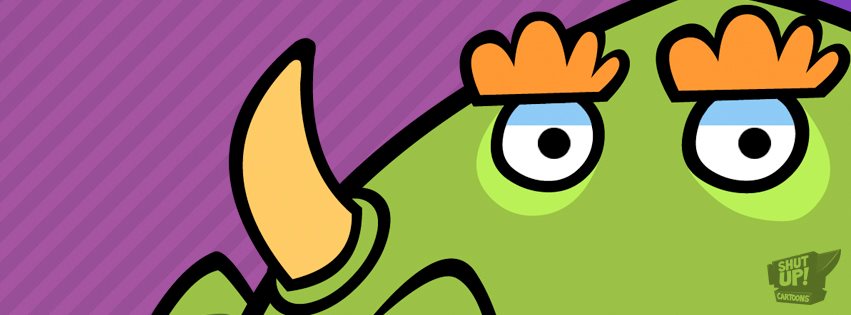
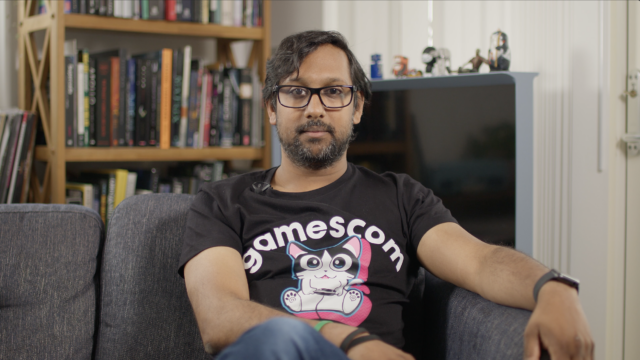

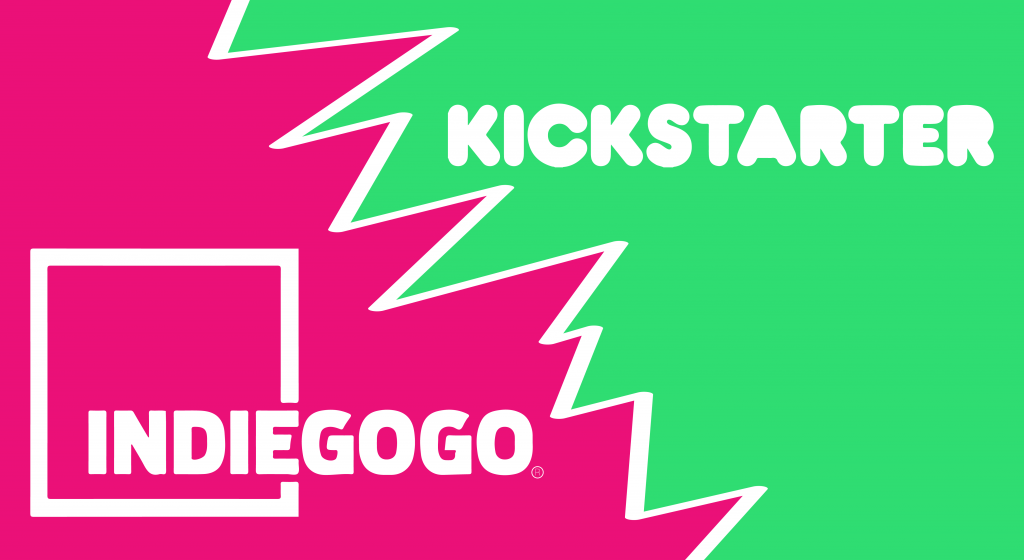
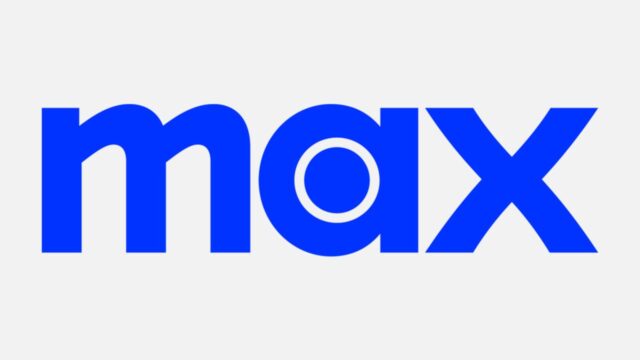
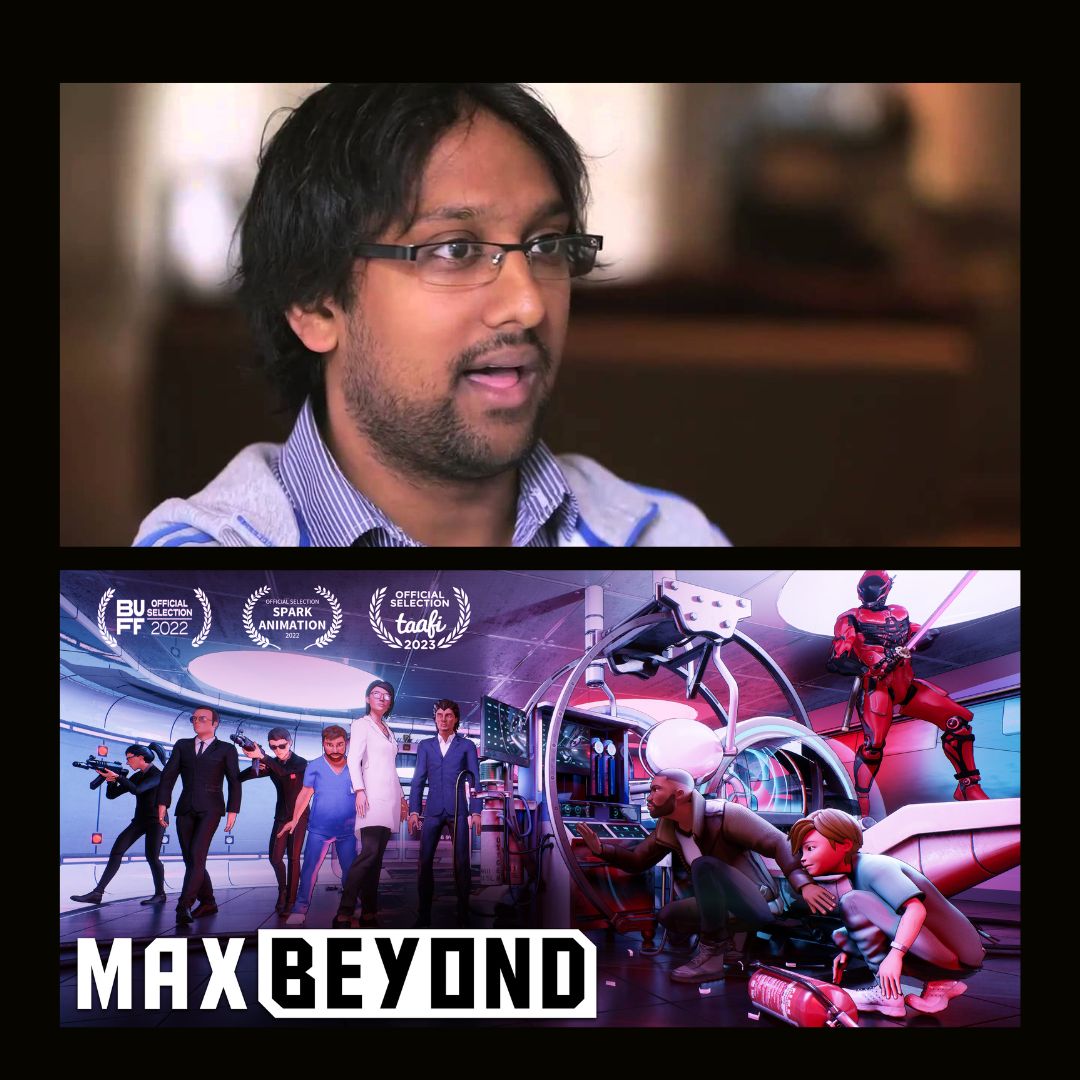

















Hi Ashley, thank you so much for reading and we love the feedback. Note that on that day we had 14th posts go up and only ten posts show on the front page, so it's possible the preview had already been archived by the time you got to it. One recommendation would be to add our RSS feed to your favorite news aggregator service like Feedly, this way you get all of the latest posts!